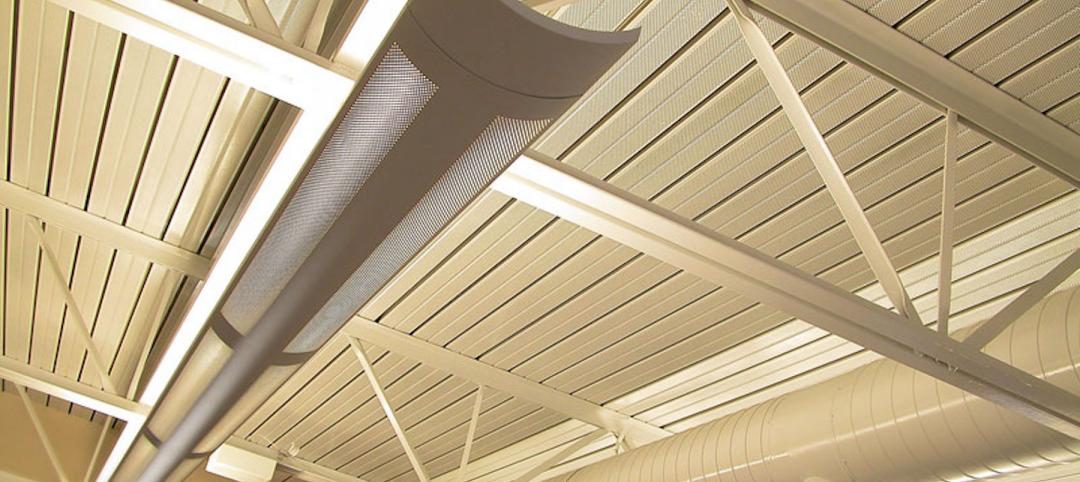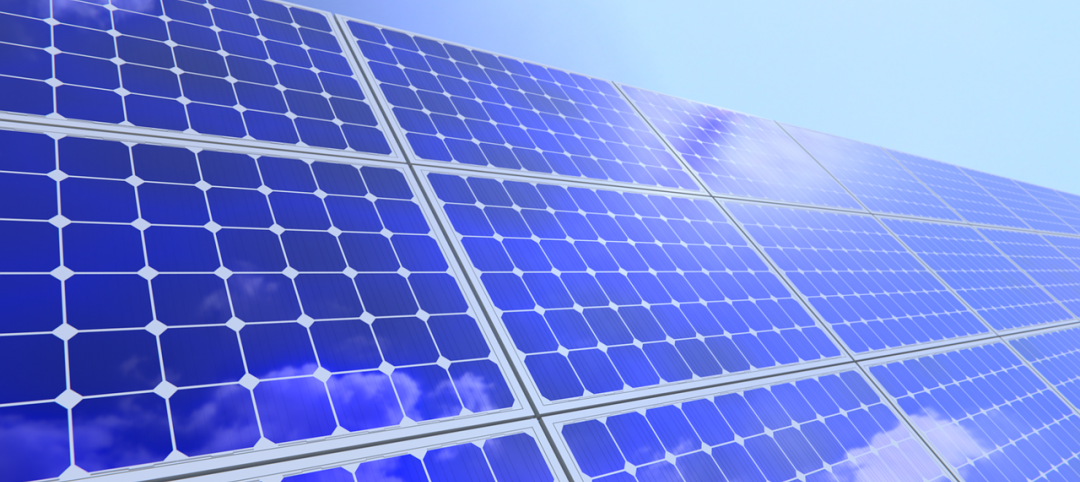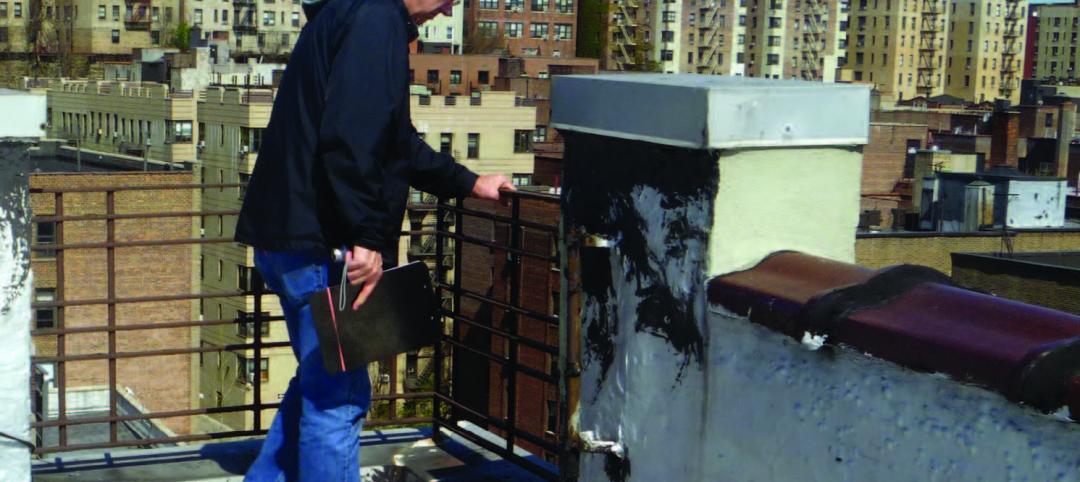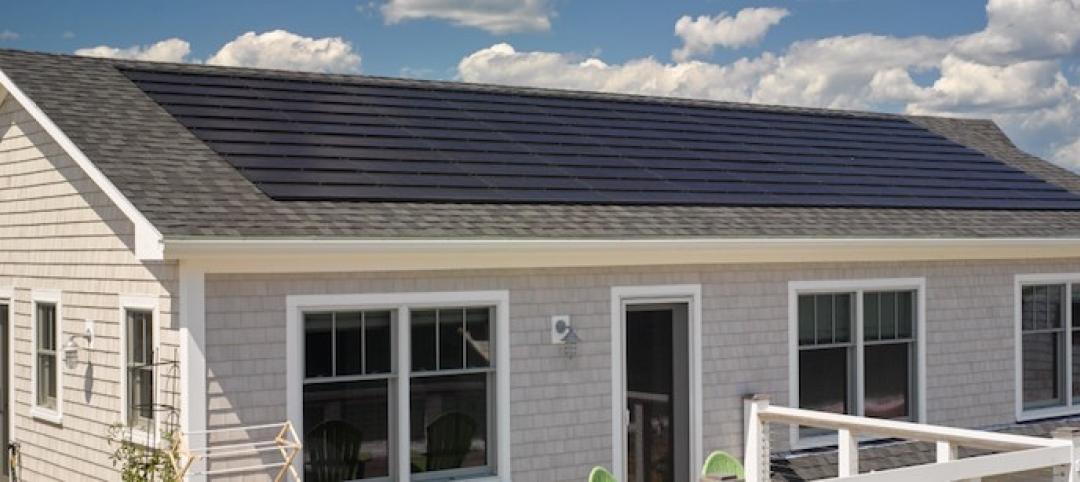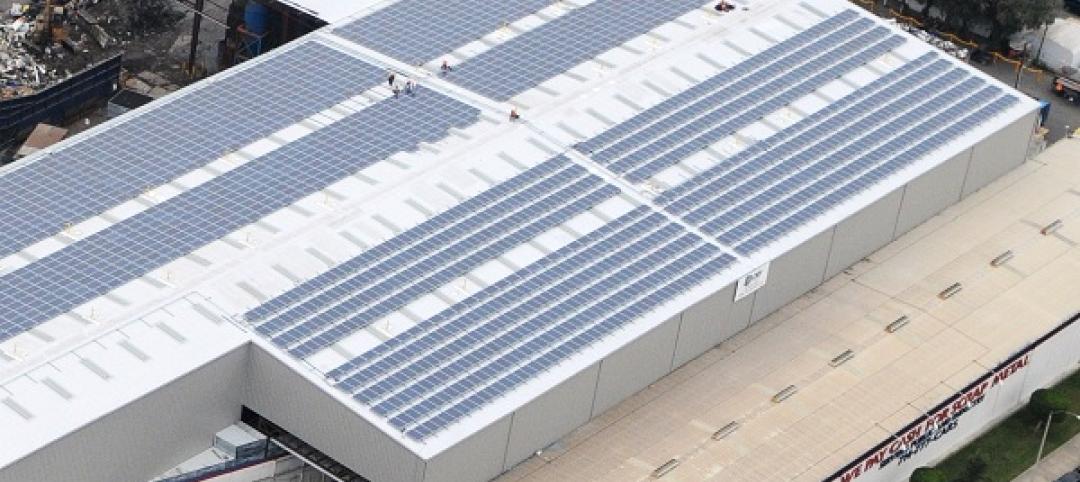Implemented in 2006 and extended in 2008, the solar Investment Tax Credit (ITC) has been invaluable when it comes to propelling solar projects forward. In fact, according to the SEIA, since the ITC went into effect it has helped solar installations in the U.S. grow by more than 1,600 percent – a compound annual growth rate of 76 percent.
Why? The ITC provides a 30 percent tax credit for both residential and commercial solar systems and assists with tax equity-based funding – a huge bonus for the solar community who often can’t fully utilize their tax benefits. For project developers, the ITC has brought both stability and flexibility.
Where the ITC is headed
With the ITC set to drop to 10 percent at the start of 2017, growth in the solar industry is expected to decrease significantly, leading organizations to worry what they will do when left with less subsidy support.
With the step down of the ITC looming on December 31, 2016, component prices, EPC models, development strategies, etc. are shifting as building design and construction professionals rush to get projects built.
 Solar abounds in the forward-facing Fujisawa
Solar abounds in the forward-facing Fujisawa
Market adapting to meet demand
With a hot deadline fast approaching, there’s no time for inefficiency. The solar community is beginning to adopt new financing models that help streamline the process so that solar can be implemented smoothly and remain the cost-effective solution that lower panel prices and the rise of Power Purchase Agreements have allowed it to become. In addition, financing innovations and green bonds have emerged, playing a key role in the industry today. With Panasonic’s streamlined solutions that integrate everything, from financing to long-term operations and maintenance, barriers are overcome and solar power is put into place, right in the nick of time.
The light at the end of the tunnel
Despite ITC concerns, the industry is pushing forward with new, innovative ideas. Smart cities that provide communities with everything they need to be sustainable are on the rise. In Japan, Panasonic has created the Fujisawa Sustainable Smart Town, where we offer our unique solutions from an Eco & Smart perspective by providing eight smart services – energy, security, mobility, healthcare, and community. With this concept, local residents can live a clean, sustainability-centered lifestyle.
Smart energy storage systems are also on the rise, making up roughly two percent of U.S. generation capacity – a number that is expected to grow. As more and more companies begin the large-scale introduction of renewable energy to their facilities and the grid, smart energy storage systems are becoming crucial. Why? They act as a stabilizer for intermittent renewable assets, serve as a backup power source in the event of a power outage, and help customers save money by avoiding premium pricing during peak demand.
With an eye on the horizon, we’re moving toward a future full of solar opportunity.
To learn more about Panasonic Eco Solutions, please visit us.panasonic.com/solarsolutions.
Related Stories
Sponsored | Multifamily Housing | May 8, 2022
Choosing the right paver system for rooftop amenity spaces
This AIA course by Hoffmann Architects offers best practices for choosing the right paver system for rooftop amenity spaces in multifamily buildings.
Building Technology | Feb 28, 2022
BIPV and solar technology is making its mark in the industry
Increasingly, building teams are comparing the use of building-integrated photovoltaic (BIPV) systems for façades, roofs, and other architectural assemblies with a promising and much easier alternative: conventional solar panel arrays, either on their building or off-site, to supplement their resiliency and decarbonization efforts
Sponsored | BD+C University Course | Jan 30, 2022
Optimized steel deck design
This course provides an overview of structural steel deck design and the ways to improve building performance and to reduce total-project costs.
Building Technology | Jan 7, 2020
Tariff whiplash for bifacial solar modules
Bifacial solar systems offer many advantages over traditional systems.
75 Top Building Products | Dec 16, 2019
101 Top Products for 2019
Building Design+Construction readers and editors select their top building products for the past 12 months in the fourth-annual 101 Top Products report.
75 Top Building Products | Dec 12, 2019
Top Building Envelope Products for 2019
Sto's beetle-inspired exterior coating and Dörken Systems' UV-resistant vapor-permeable barrier are among the 28 new building envelope products to make Building Design+Construction's 2019 101 Top Products report.
Building Enclosure Systems | Jul 26, 2017
Balcony and roof railings and the code: Maintain, repair, or replace? [AIA course]
Lacking familiarity with current requirements, some owners or managers complete a roof or balcony rehabilitation, only to learn after the fact that they need to tear noncompliant railings out of their new roof or terrace and install new ones.
Roofing Technology | Sep 1, 2016
Tesla’s Musk eyes solar shingles as next venture
New products will need to overcome problems of aesthetics and efficiency that have plagued past entrants into this field.
Sponsored | Energy Efficiency | Jul 27, 2016
Metal Roofs Have Solar Advantage
A large roof can become a resource that saves significant money on energy consumption and helps reduce emissions of CO2 and it turns out metal roofs make excellent hosts for solar panels.
Office Buildings | Jun 10, 2016
Form4 designs curved roofs for project at Stanford Research Park
Fabricated of painted recycled aluminum, the wavy roofs at the Innovation Curve campus will symbolize the R&D process and make four buildings more sustainable.




